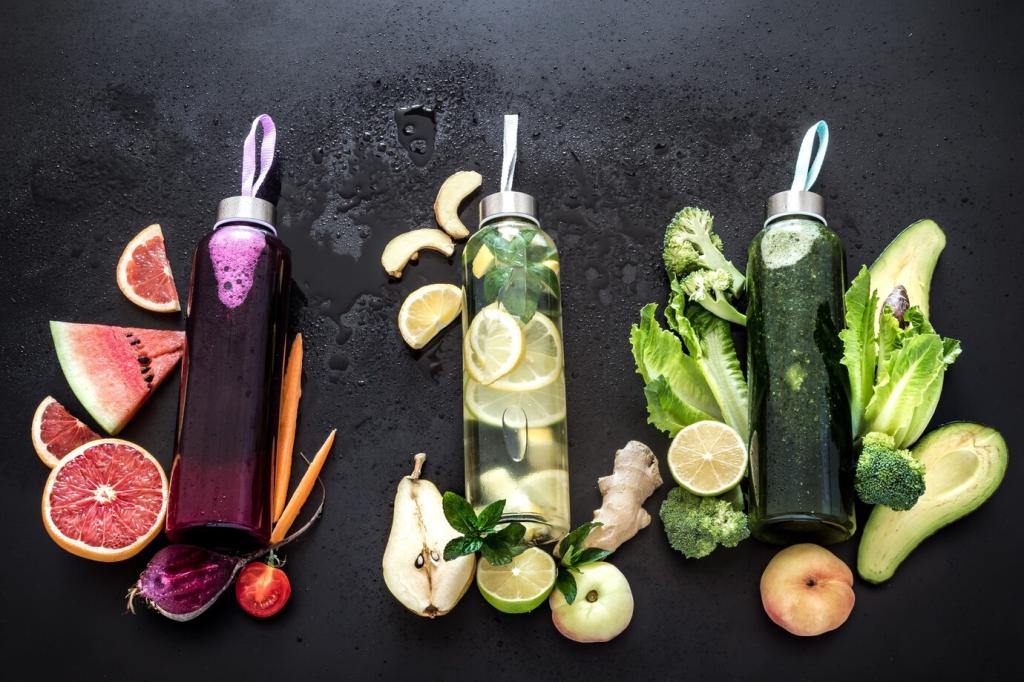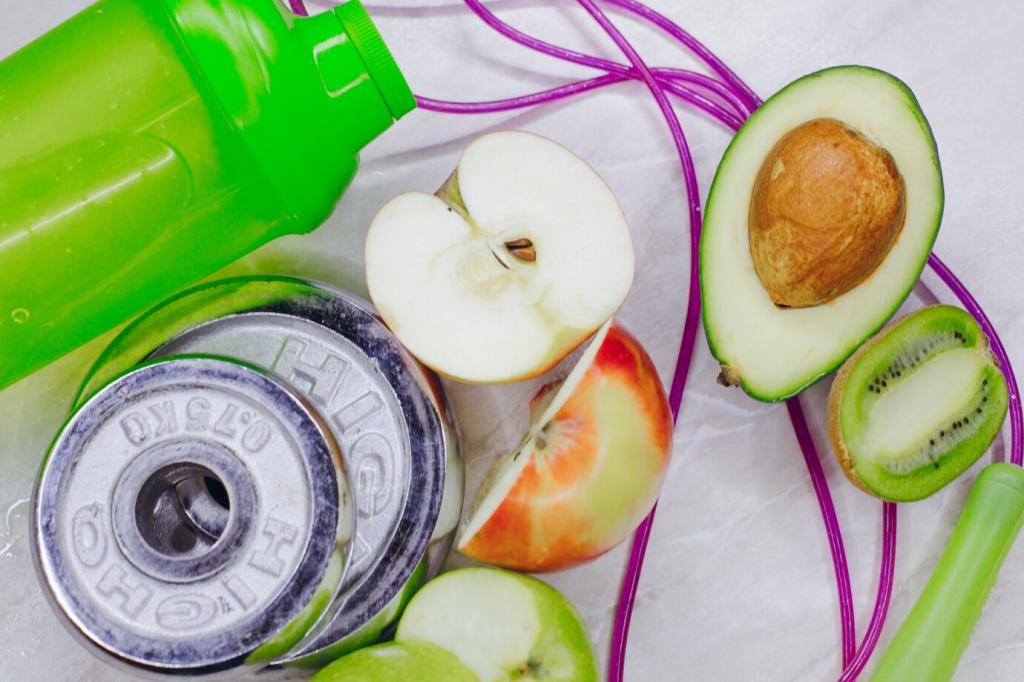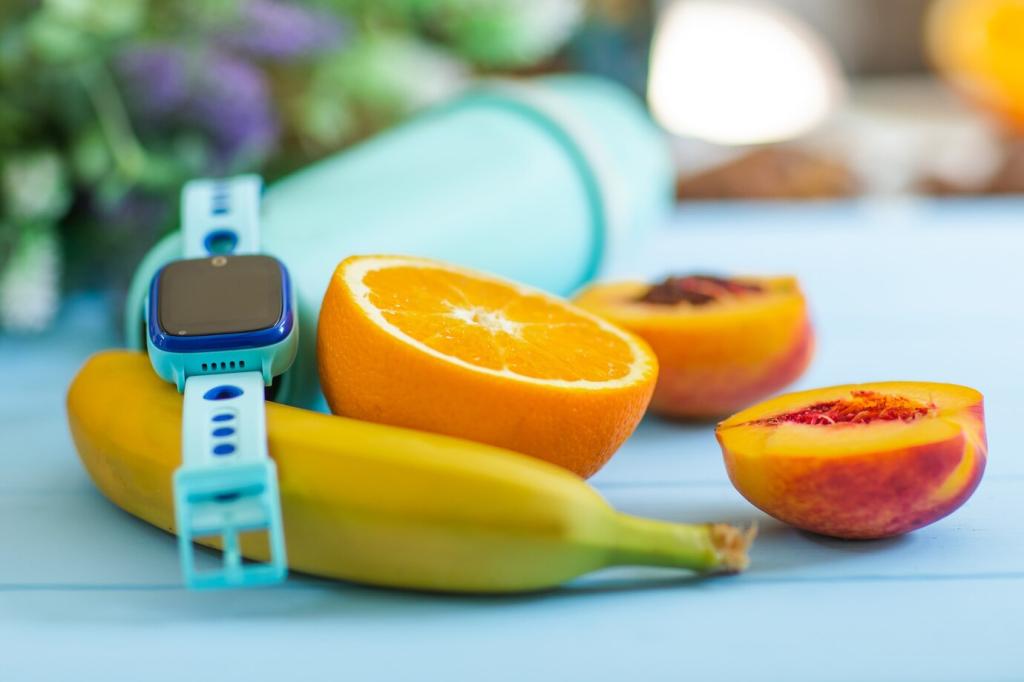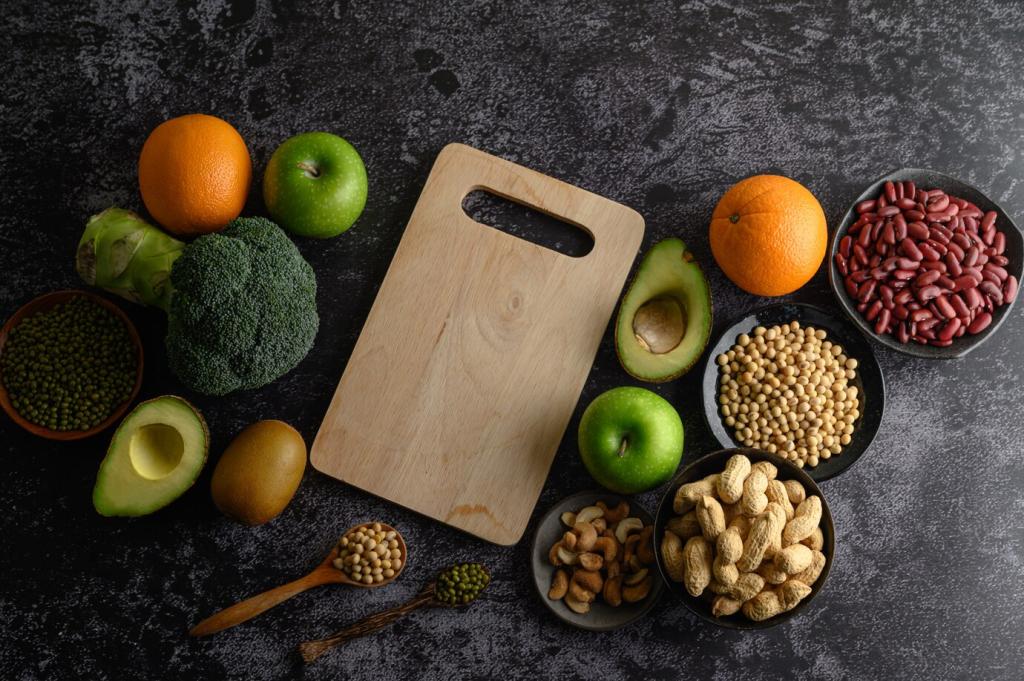Hydration Tips for Optimal Performance

Fluid balance and your engine
Your body is mostly water, and even a 1–2% loss of body mass through sweat can reduce aerobic capacity, coordination, and mental clarity. Tell us when you first noticed hydration impacting your pace or decision-making.

The electrolyte equation
Sodium, potassium, and magnesium help regulate nerve signals and muscle contraction. Without enough sodium, cramping or sluggishness can appear, even if you drink water. Comment with what electrolyte mix has actually worked for you.

Performance under pressure
Heat, humidity, altitude, and intensity can sharply increase sweat losses. Tracking conditions and responses helps predict your needs. Share your hottest workout story and what you did differently to keep performance steady.




Hydration During Training and Competition
Use a time-based or distance-based schedule verified by thirst and feel. Over long events, small, regular sips beat infrequent chugging. What timing cues do you rely on when the effort gets chaotic?
Hydration During Training and Competition
Short sessions may need only water. Longer or hotter sessions benefit from electrolytes and 3–6% carbohydrate solutions to aid absorption and energy. Share your go-to bottle recipe and why you trust it.
Recovery Rehydration That Locks In Gains
A practical guideline is about 1.25–1.5 times the fluid lost, including sodium to aid retention. If you tracked pre and post weights, share your rehydration target and how close you actually got.
Thriving in the heat
Acclimate over 7–14 days, wear breathable layers, and increase electrolyte intake. One cyclist shaved five minutes off a climb after adjusting sodium and timing. Share your hottest-day strategy that saved the session.
Cold can dehydrate too
Cold blunts thirst, and layers make sweat losses sneaky. Warm, lightly flavored drinks encourage steady intake. What warm drink keeps you sipping when the wind turns your bottle into an ice rattle?
Altitude and dry air
Low humidity accelerates fluid loss via respiration. Expect higher needs the first few days and add electrolytes to maintain balance. Tell us your first high-altitude headache story and how you solved it next time.



